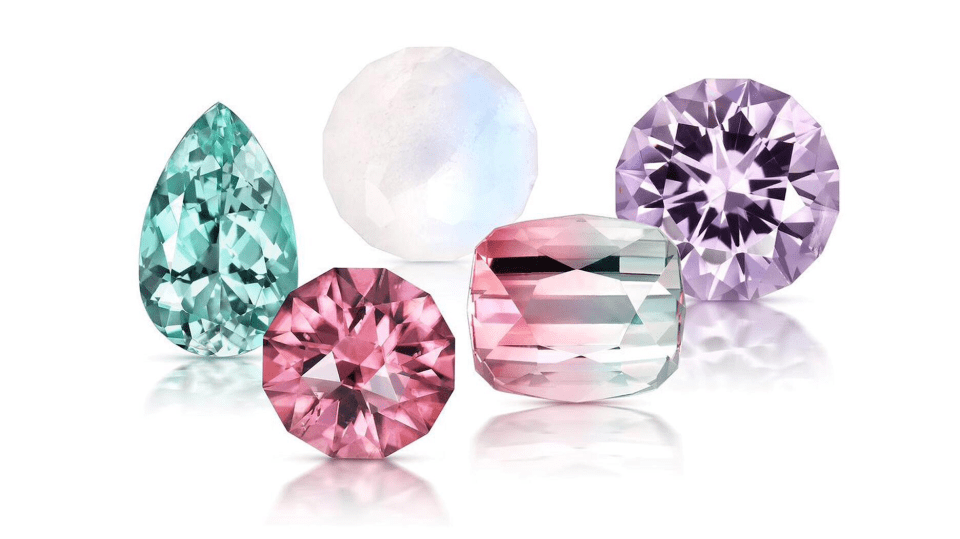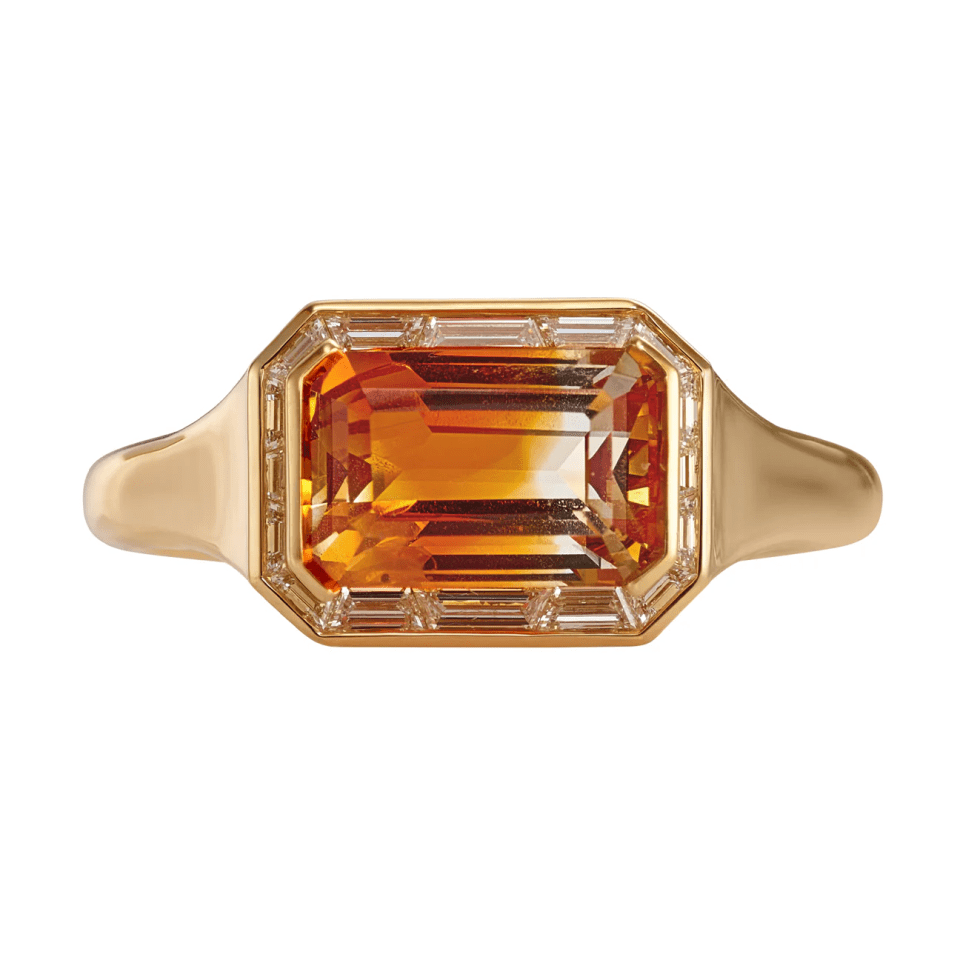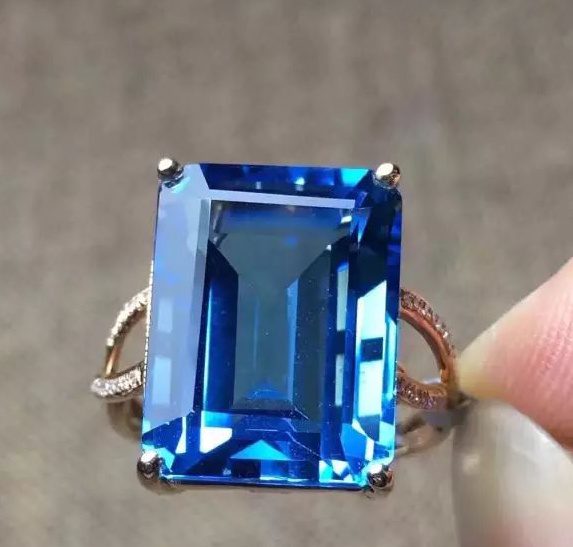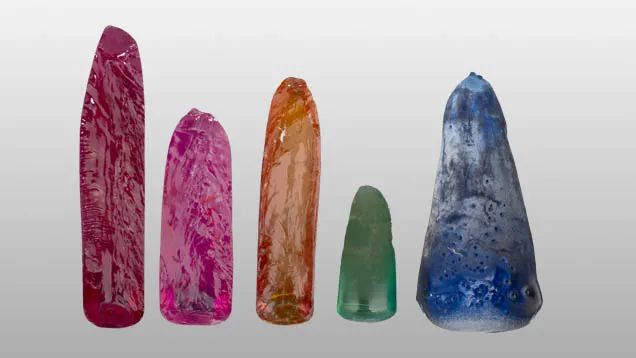Jewels themselves do not glow—they refract the inner radiance of a woman. Jewelry is thought worn on the body; within it lie aesthetics and taste, temperament and preference. At a certain age, jewels become the finest calling card.

Synthetic gemstones are crystalline, amorphous or aggregate materials fully or partially manufactured by humans, with known natural counterparts. Their physical properties, chemical compositions and crystal structures are essentially identical to those of corresponding natural gems. The only difference is their origin—they are “misplaced in birth” as laboratory-created materials. For instance, synthetic turquoise and opal often incorporate additional compounds, while techniques like hydrothermal synthesis, Verneuil process, flux growth, zone melting, CVD (chemical vapor deposition) for diamonds, and HPHT (high-pressure high-temperature) methods are used depending on the gem variety.

It should be noted that some synthetic gemstones are labeled “Synthetic XXX” on certificates, while others are marked “Artificial XXX”. The key distinction between the two is as follows:
- “Synthetic” refers to materials with natural counterparts in nature, such as diamonds, rubies, and emeralds. These lab-created gems mimic the chemical composition and physical properties of their natural equivalents.
- “Artificial”, however, denotes materials without natural counterparts, such as Swarovski crystal, resin pearls, and Pndora beads. These are purely man-made substances with no geological equivalents.

The main difference between synthetic gemstones and natural gemstones lies in their growth time, even though their chemical compositions are identical. For example, a natural sapphire is made of aluminum oxide (Al₂O₃), and the same applies to a synthetic sapphire. However, the most significant and noticeable difference is the duration of their formation. Natural gemstones take thousands to millions, or even billions, of years to form, while synthetic gemstones can be created in just a few days or even hours.
In terms of time cost, these two are clearly not comparable. The rapid growth cycle of synthetic gemstones often leaves behind detectable “tell-tale signs.” For instance, the color might appear unnaturally vibrant or too dull, or there may be remnants of the crucible or fragments within the crystal. For industry professionals, distinguishing between synthetic and natural colored gemstones is relatively straightforward, especially with years of experience and intuition. However, some varieties are difficult to identify with the naked eye, such as synthetic diamonds.

Common Synthetic Gemstones:
1.Synthetic Diamonds
The natural counterpart of synthetic diamonds is, of course, natural diamonds. Natural diamonds are the most well-known, widely used, and expensive gemstones in the jewelry and gemstone industry. This high recognition, usage, and price make diamonds a target for synthetic production. The earliest use of synthetic diamonds was driven by a shortage of natural industrial-grade diamonds, so synthetic diamonds were first widely produced for industrial purposes. However, this only became a widespread practice in the past decade, as advancements in synthetic diamond technology led to the mass production of gem-quality synthetic diamonds. As a result, the diamond market has become increasingly mixed, making it difficult to distinguish between real and synthetic diamonds.

2.Synthetic Rubies and Synthetic Sapphires
Synthetic rubies and sapphires are often discussed together because they both belong to the corundum family, with the only difference being their color. Synthetic corundum (hereinafter referred to as corundum, covering both rubies and sapphires) is most commonly produced using the Verneuil process, also known as the flame fusion method.

In this process, a seed crystal is continuously rotated while aluminum oxide and pre-mixed coloring agents are dropped onto it. Over time, the crystal grows larger and larger, forming a large rod-shaped crystal. This method is relatively low in cost, quick in production, and not technically difficult. It’s also commonly used to produce synthetic spinels.
The downside, however, is that the end product tends to look quite “fake.” This is primarily due to the color. Generally, synthetic corundum produced by the Verneuil process exhibits an intense fluorescence or an overly dull color, making it look unnatural to the trained eye.
3.Synthetic Emeralds
The method that produces synthetic emeralds most similar to natural emeralds is the flux method, which is also the method that yields synthetic corundum products most similar to their natural counterparts. While the flux method can also be used for producing synthetic emeralds, it is particularly effective in creating highly natural-looking stones. Despite the long production time—up to a year—and the high cost of the equipment, the results are well worth the investment in time and resources.

The flux method allows for the growth of a well-defined crystal shape, and the finished product tends to be very clean, often resembling high-quality natural emeralds. Even if the crystal is not perfectly clean and contains some veil-like inclusions, it can still resemble a natural emerald with cracks or internal imperfections.
Another method for producing synthetic emeralds is the hydrothermal method, which mimics the natural conditions under which emeralds grow, albeit at an accelerated pace. Since the hydrothermal method is relatively cost-effective and produces a higher yield, most synthetic emeralds available on the market today are created using this method.


